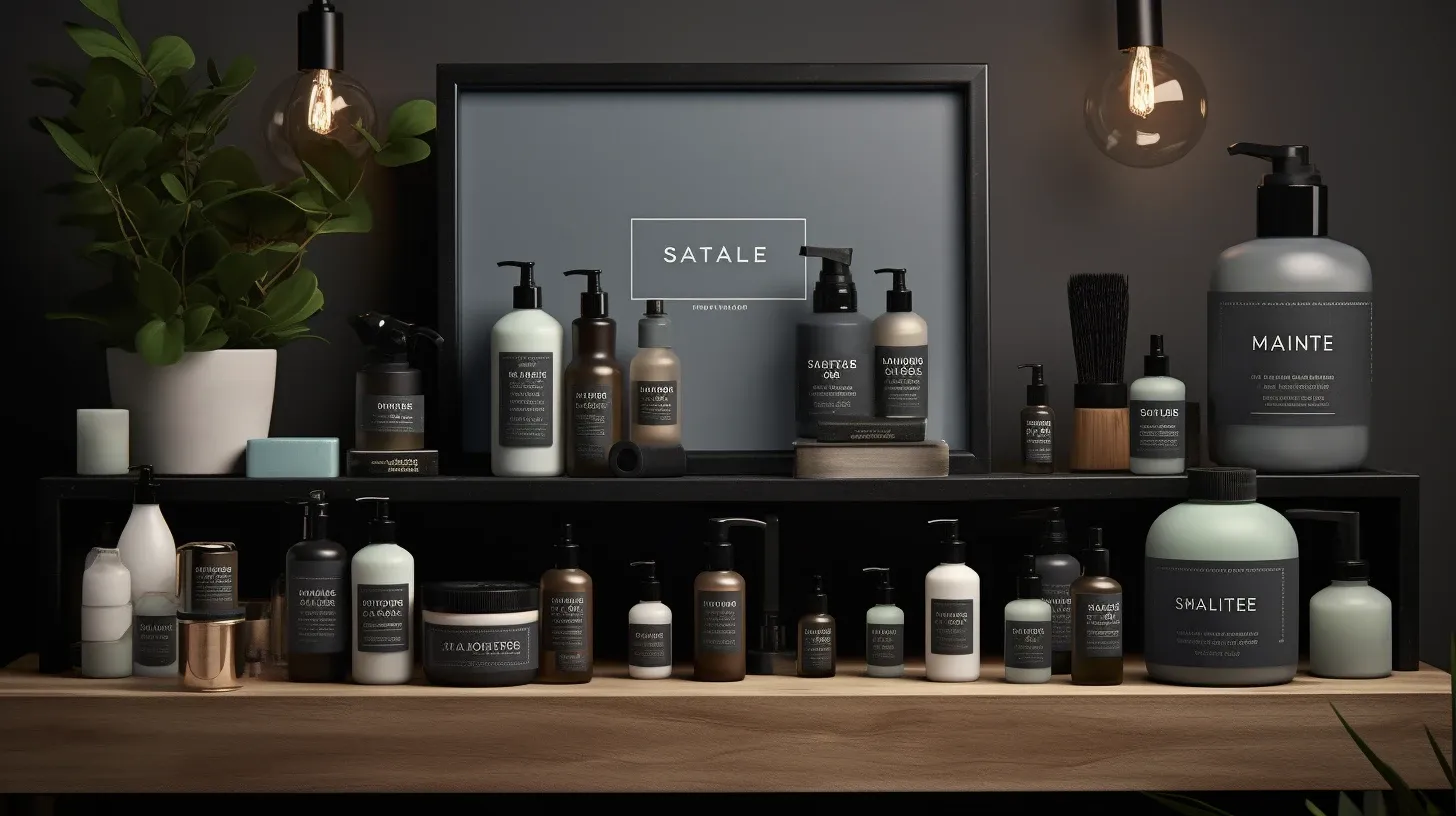Sometimes we get asked straight away, "What is the going rate for a website design?", and this is almost an impossible question to answer without some background information. When it comes to website design, the cost can vary significantly based on several factors. By understanding these factors, you can gain insight into the pricing structure and make informed decisions for your website project. Let's explore the key considerations that go into determining the price of a website design.
Platform Selection
The choice of platform, such as WordPress, Shopify, or custom CMS, can impact the cost. Each platform has different development requirements and associated costs. Consider the scalability, flexibility, and specific needs of your website when selecting a platform. We believe in making sure the solution fits the needs of the customer.

Custom Design vs. Template
Opting for a custom-designed website tailored to your brand and unique requirements generally involves more time and effort, thus impacting the cost. Alternatively, using a pre-designed template can be a more cost-effective option, especially for smaller budgets.
Number of Pages and Content
The size and complexity of your website, including the number of pages and the amount of copywriting needed, can influence the overall cost. Extensive content creation, such as writing compelling product descriptions or developing detailed service pages, may require additional resources.
E-commerce Functionality
If you plan to sell goods or services directly on your website, implementing an e-commerce system adds complexity to the project. Factors like product catalog size, payment gateway integration, inventory management, and security requirements can impact the cost.

New Website vs. Redesign
Creating a brand new website from scratch typically requires more time and effort compared to redesigning an existing site. The complexity involved in migrating content, preserving SEO, and ensuring a smooth transition can affect the overall cost.
The cost implications of starting from scratch versus redesigning an existing site can vary and should be assessed on a case-by-case basis.
Graphic Design Assets
The need for custom graphic design elements, such as logos, icons, or illustrations, can contribute to the cost. Creating visually appealing and cohesive branding elements tailored to your website enhances its overall aesthetics and user experience.
Custom Integrations and Functionality
If you require specific features or integrations, such as customer portals, appointment scheduling, or third-party software integration, additional development work will be necessary. Custom functionality adds complexity and can affect the overall project cost.
Conclusion
When it comes to website design costs, it's important to consider the unique needs of your project. By understanding the factors mentioned above, you can have a clearer idea of how they contribute to the overall pricing structure. Remember, investing in a well-designed and functional website tailored to your goals and target audience is a worthwhile investment in your online presence and business success.

